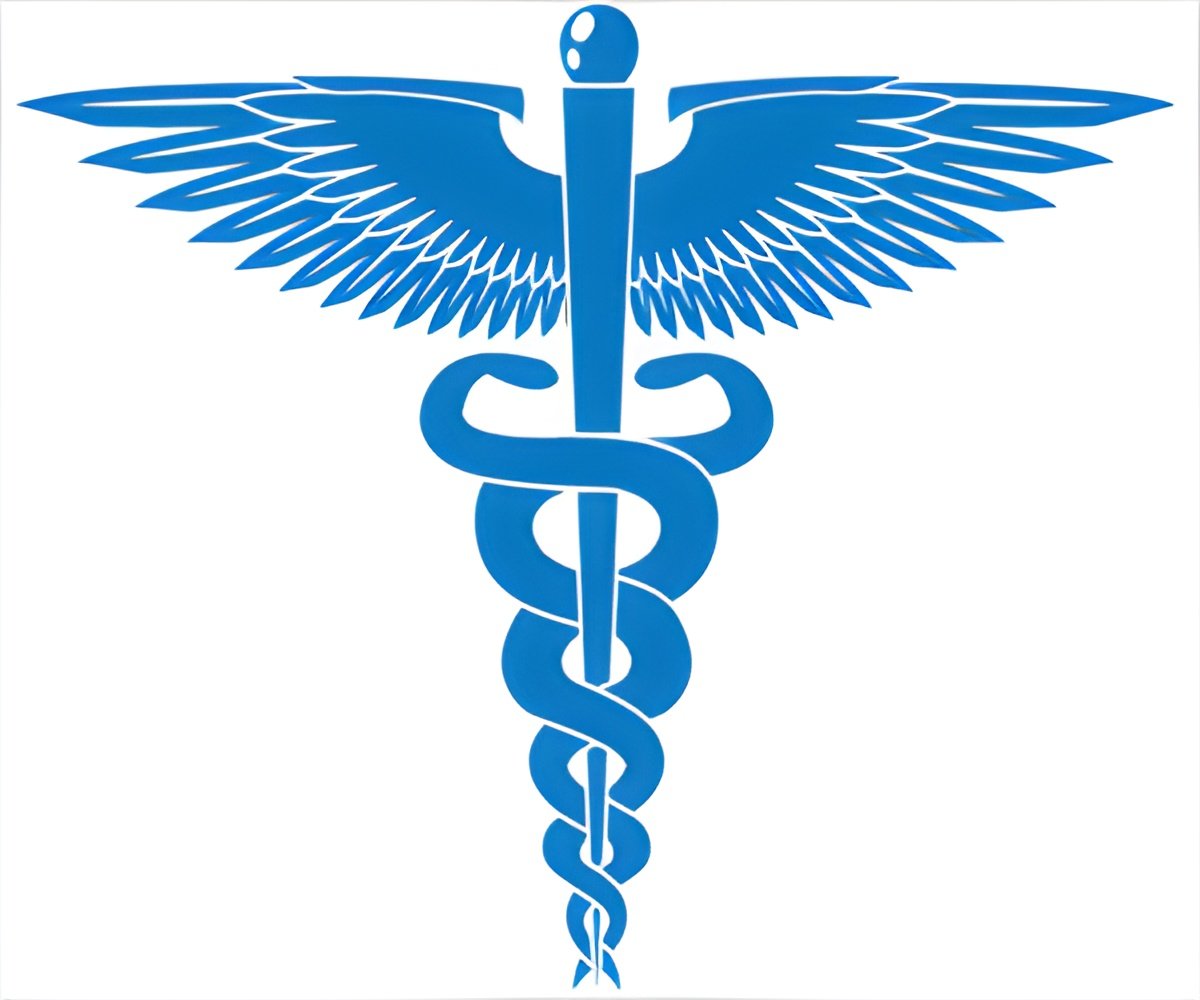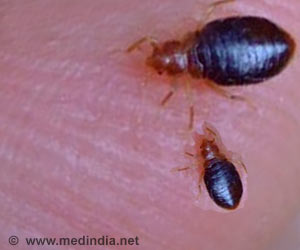The burden of Chagas disease in Southern Texas is 23 times higher than previously estimated, revealed a new study.

‘About 4,600 people in the Rio Grande Valley are currently infected with Chagas disease, and of those, an estimated 1,300 are at risk for developing cardiomyopathy.’





A paper published in PLOS Neglected Diseases led by researchers at the National School of Tropical Medicine at Baylor College of Medicine suggests that the disease burden in southern Texas is much higher than previously thought. Considering up to 30% of people infected with Trypanosoma cruzi can develop fatal cardiomyopathy, this study's findings carry important implications to the health of the population of south Texas.
"Kissing bugs", (triatominae) who feed on both humans and animals, are the vectors primarily responsible for the transmission of Chagas disease. The disease is predominantly found in impoverished regions where substandard living conditions can lead to increased exposure to the parasitic kissing bugs.
In order to assess the infection status of vectors and seroprevalence among human and mammal populations living in in the lower Rio Grande Valley, Dr. Melissa Nolan Garcia, instructor of pediatrics at Baylor who is also with Texas Children's Hospital, and colleagues tested kissing bug vectors and retrospectively analyzed previously collected sera from coyotes, stray dogs, and human participants.
Out of 841 human sera samples, three people (0,4%) tested positive for T. cruzi, while 8% of coyotes and 3.8% of stray dogs were found to be infected. Among the insects sampled, 56.5% were found to be T. cruzi carriers.
Based on the findings of the study, the authors estimate that around 4,600 people in the Rio Grande Valley are currently infected with Chagas disease, and of those, an estimated 1,300 are at risk for developing cardiomyopathy. These results not only confirm the risk for disease transmission in south Texas, but indicate that the regional burden of Chagas disease is 23 times higher than previously estimated.
Advertisement
The authors assert that, "with up to 30% of infected individuals developing a potentially fatal cardiac disease, it is imperative that we identify and treat patients before heart disease occurs."
Advertisement










